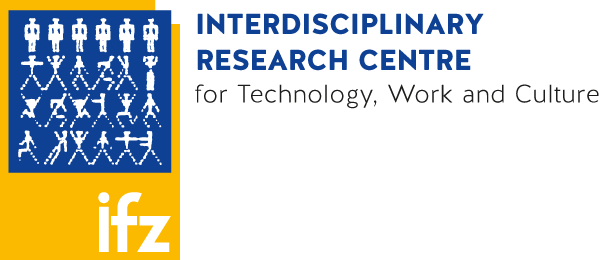Feasibility analysis for the development of a digital central exposure database in Austria
In the project, the feasibility of a digital central database was examined. In such a database, data on the exposure to hazardous working materials for employees in Austria should be recorded and stored for a period of 40 years. The main focus was on social data and chemical or physical data on workplace exposure and not on medical data such as findings from suitability and follow-up examinations of workers.
Digitalisierungsfonds der Arbeiterkammer Wien
2018-2021
Some workers come into contact with hazardous substances at work, which can lead to the development of diseases. Long periods of time, sometimes several decades, can elapse between the time of exposure and the onset of the disease. In order to be able to determine whether the illness of an insured person is an occupational disease, it is necessary to know which concentrations of which hazardous substances the insured person was exposed to and for how long during his or her working life.
This is where the idea of a central digital exposure database in Austria comes in. It is intended to contribute to raising awareness of substances at work that are hazardous to health, make it easier for employers to fulfill their legal obligations in relation to the documentation, reporting and handing over of data and for accident insurance providers to comply with their storage obligations - the legally stipulated storage period for data is due to the long periods of time between exposure and illness is currently 40 years.
At the same time, the digitization of the data should create the conditions for using them in the future for targeted prevention at the workplace and, in the case of future recognition procedures for occupational diseases, to provide assistance in answering the question of which health-damaging effects the sick person was exposed to in his working life. It is essentially about social data as well as chemical or physical data on workplace exposure and expressly not about medical data such as findings from suitability and follow-up examinations of the employees, which are to be transmitted to the labor inspectorate according to Section 52 of the Employee Protection Act.
In addition to information from the literature, the feasibility analysis also included information that was collected in direct exchange with stakeholders. This information can be divided into three groups:
- Results of 17 expert interviews conducted between February and March 2020 with employees (MA) of the main office of the General Accident Insurance Institution (AUVA), the benefits departments of AUVA state offices, the Central Labor Inspectorate (ZAI), the labor inspectorates of individual states, the Chamber of Labor Vienna, the Chamber of Commerce, the Austrian Society for Occupational Medicine and the German Social Accident Insurance, which is responsible for the German Central Exposure Database. The interviews were aimed at finding out about the practice in the area of register and record reporting and at ascertaining the requirements of the interviewees for a central digital exposure database.
- Results from three workshops with employees from companies who work there for employee protection, as safety specialists, as occupational physicians or on works councils, as well as from a one-on-one interview with an employee of a company. The aim of the workshops and the one-to-one discussion was to collect assessments and requirements from those responsible in the companies for a central digital exposure database.
- Discussions with the members of the steering group, which consisted of representatives from the AUVA, the ZAI, the AK Vienna and the Austrian Trade Union Confederation (ÖGB), as well as discussions with a labor inspector on the development and the preliminary results of the feasibility analysis.
The feasibility study also includes an outline of the database and a roadmap for its realization. The study was not published.
